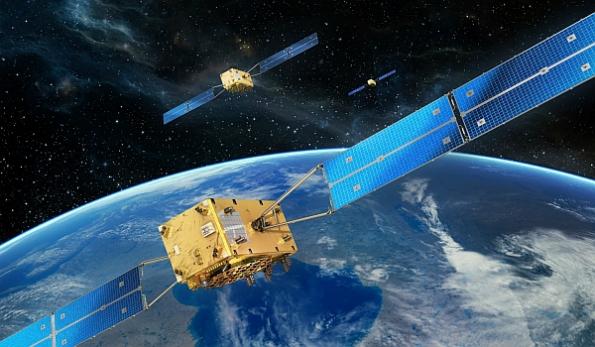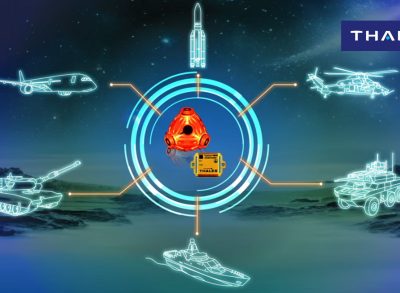GSA and Thales launch the EDG²E project to further optimise aviation navigation with Galileo

Initiated by the European Commission’s Global Navigation Satellite Systems Agency (GSA), the EDG²E project will support the launch of the Galileo satellite constellation.
The cornerstone of aircraft navigation systems
EGNOS has been certified for use in aviation since February 2011, and is a very effective system to complement the US GPS, in order to provide better levels of performance, consequently enhancing aircraft approach capabilities. The next generation of EGNOS, called EGNOS V3, will further enhance performance by complementing both the EU Galileo and the US GPS satellite navigation constellations.
“EGNOS v3 will provide aviation users with an increased quality of services, better accuracy and extended coverage area among other key performance indicators” said Jean-Marc Pieplu, GSA Head of EGNOS Services Programme.
“Fundamental Element Programme is a medium that supports development of terminals and antennae fostering use of E-GNSS in all domains. In this perspective, EDG2E is an important step for GSA as it will contribute to availability of high technology products on the aviation market, taking benefit of Dual Frequency Multi Constellation feature offered by EGNOS v3”.
At the end of the EDG²E project, a new standard for GPS Galileo and SBAS aviation receivers will be completed, and the first SBAS dual-frequency GPS Galileo receivers for aviation will be ready for final development and provide safer operations not only for the aviation sector but also for other safety-critical applications.
“
Leading the EDG²E project puts Thales at the forefront of the next generation receivers which will equip future aircraft by 2025, making navigation more precise and thus safer, unleashing the potential for increased air traffic”
Stay connected with us...
Find us on Twitter @ThalesAerospace, on our official Youtube channel Thales Aerospace and on LinkedIn Thales Aerospace.




